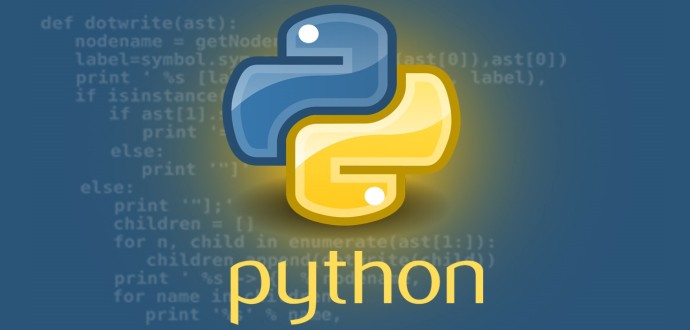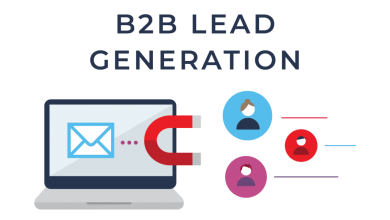
Did you know that there are more than 600 programming languages? However, only a couple of them is widely accepted in developer circles across industries. One of them is Python, a high-level interpreted programming language.
It’s everywhere, ranging from Python web scraping solutions to sophisticated AI and ML algorithms. Today we will see what Python is used for so that you can gain a complete picture of this programming language’s capabilities.
Table of Contents
Why Python stands out from other programming languages
Python managed to cut through the noise and attract many developers because it offers unique perks that other programming languages simply can’t offer:
- Simple syntax – Python code is really clean, with no curly brackets or semicolons.
- It’s easy to learn – even with minimal coding knowledge, anyone can learn Python thanks to its clean code.
- Libraries and frameworks – developers don’t have to reinvent the wheel; Python comes with many out-of-the-box libraries and frameworks that improve coding efficiency.
- Versatility – thanks to all of the above, Python found its way into many industries and is used across different development projects.
The common applications of this language
Today, Python is used across industries on various development projects. With a dozen web frameworks and out-of-the-box libraries, it enables developers to save a lot of time on coding. Here are the five typical applications of Python.
1) Web Development
We’ve already mentioned that Python has several web frameworks. Django, Flask, and Pyramid are among the most popularly used ones. These light web frameworks make writing web applications very easy. On top of that, learning it is effortless, so it’s often the go-to programming language for first-time developers.
It’s important to mention that web development best practices are evolving with the growth of the IoT sector. Writing a code that streamlines communication among devices, services, databases, and end-users became paramount. Python excels in this sub-niche as well, thus becoming a top choice for advanced developers as well.
2) AI
The development of Artificial Intelligence (AI) is not an easy task. Developers favor programming languages with ready-to-use libraries and simple syntax to make their workflow more efficient. We’ve already established that Python has great syntax and readability. It also provides access to pre-built libraries that work with AI, such as Keras, Theano, and PyTorch.
AI algorithms often work with data. Python is great when it comes to data management. That’s yet another reason why many developers choose it for their AI projects.
3) Machine Learning
If you do your own research, you’ll soon find out that Python is dominating the Machine Learning development sector. Why is that? Yes, it is great for managing data, but there’s more to it.
Python is one of the few programming languages that come with libraries built explicitly for machine learning, such as TensorFlow and AsciKit-Learn. Python delivers the right tools for ML projects and enables developers to spend more time on tackling ML challenges.
4) Game development
It may hit you as a surprise, but Python is also popular among game developers for two main reasons – game developers favor the clear syntax over anything else, and Python offers several video game modules such as PyGame that streamline coding. There’s also a framework suitable for game development projects, PyKyra, and pre-built libraries such as Pyglet.
5) Web scraping
Extracting data from live websites or web scraping is a very lucrative process across verticals. However, creating a scraping bot from scratch can be challenging. Python web scraping capabilities allow developers with no experience to creating scrapers in no time.
First of all, developers have access to several libraries they can use immediately to create a web scraper app. Libraries such as BeautifulSoup, Selenium, Requests, Pandas, and Ixml are not only great for extracting data from websites but also for filtering, pivoting, reshaping, and sorting data sets.
Compared to other languages used for building web scrapers, Python is significantly easier to use. Coding in Python is very simple because it emphasizes coding efficiency and clean code. There are no curly brackets nor semicolons that make the code look messy and often result in many errors.
The rule of the thumb in the world of programming is that you need to write a massive code to complete a complex task. Python breaks the old mold and delivers unparalleled coding efficiency. You will be amazed by the number of lines it takes to code to create a Python web scraping app.
Finally, thanks to the fact that Python is very popular, there is a vast community behind it. It’s relevant to web scraping because anyone who dares to make a Python web scraping app from scratch will have access to written tutorials, video guides, and ready-to-use code in their projects.
Conclusion
While there’s no question that Python stands out from other programming languages, it is also important to understand why. Its clear syntax, the abundance of frameworks and libraries, and large and active community make it a popular and versatile interpreted programming language.
As you can see, it is used across industries ranging from web development, AI, and ML to game development and Python web scraping.
Follow Techwaver for more!


